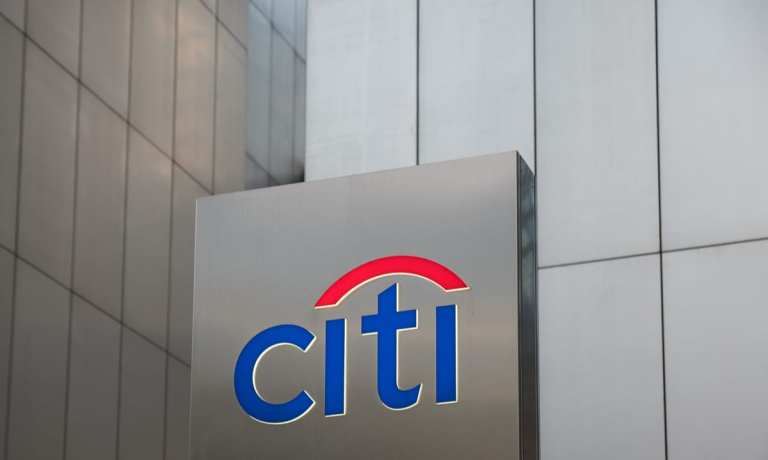
Citigroup reported stronger than expected Q4 earnings Friday (Jan. 15) that showed a solid digital business, but fell short on expected revenue. Earnings fell by 7 percent to $4.63 billion, or $2.08 per share — well ahead of analysis predictions of $1.34 a share. Revenues meanwhile were down 10 percent to $16.7 billion, slightly ahead of the $16.5 billion forecast before the announcement.
Like rival J.P. Morgan Chase, Citigroup said it released around $1.5 billion linked to the release of previous credit loan provisions; its year-end allowance for delinquent or unpaid loans was around $25 billion. Earlier in the day JPMC announced it is freeing up $2.9 billion in reserves.
“As a sign of the strength and durability of our diversified franchise, our revenues were flat to 2019, despite the massive economic impact of COVID-19,” outgoing CEO Mike Corbat noted in the bank’s earnings release.
In other critical figures, card spending continued to fall. Citi-branded card revenue came in at $2.1 billion — a 13 percent year-on-year decline, reflecting lower purchase sales and higher payment rates driving lower average loans. Pushed by that lower spending and low interest rates, Global Consumer Banking was also down by 11 percent to $7.3 billion worldwide. In North America the picture was a bit brighter; revenues were down by 11 percent to $4.7 billion.
During his call with investors, Corbat noted that as the pandemic wears on, Citigroup will continue to brace for uncertainty, though he repeatedly expressed enthusiasm for incoming stimulus dollars and the positive impact they will have on both the bank and its customers over the coming weeks.
“What’s important to point out is the stimulus thus far has resulted in high payment rates, a consistent ability to pay on the part of the consumer. And that’s been good and showed up not only in our payment rates, but also in the lower level of delinquencies that we’ve seen and obviously the lower level of losses that we’ve seen,” Corbat said, before noting there “certainly is a need for additional stimulus” as “if it is significant enough can ultimately drive greater consumption and support improved GDP, improved employment.”
Corbat, also in the question-and-answer period, responded to inquiries about whether Citi had seen enough growth in its digital segment during the pandemic. He said that he was satisfied with mobile and digital growth, and moreover had high expectations for digital banking to drive the bank’s post-recovery future. Mobile users of Citi banking services, he noted, are up 95 percent year on year. Citibank can now open accounts online in 50 countries and in the year 2020 it opened 14,000 accounts digitally — a 200 percent increase over 2019. Corbat noted that digital adoption varies depending on the country. Mexico, he said, has seen tremendous growth. He expected the pandemic would continue to accelerate digital growth in the U.S.
“When we look at the States, we already have an extremely active card customer base on the digital front,” he said. “And so we weren’t expecting to see the same levels of pickup. I’d say the other piece is that customer acquisition across the board is lower because of COVID. And you typically do tend to see that the new customers when they come on board anyone’s platform tend to have a higher digital adoption rate. So I think we’re pretty optimistic that as we see the recovery, we’ll also see a growth in that digital adoption in the U.S. going forward.”
Corbat noted that growing digital accounts deepens client relationships and delivers more revenue. That additional entrance point with clients, he noted, gives Citigroup a lot of insight into where consumer momentum will be heading out of the crisis and where the next opportunities with new clients will be.
Corbat also said that Citi continues to see credit card balances drop, but again it6 varies depending on the business and the geography. He cautioned against drawing general financial trends in the current environment.
“I think, as we see vaccines rollout on a state by state basis, that will lead to different outcomes,” he said. “And then as we see the second round (of stimulus) in what President-elect Biden announced last night, we will have to watch what ultimately comes through and how that makes its way into the sector. So from our perspective, not just in the U.S. but around the globe, we are really taking a very granular approach on a geographic by geographic, client-by-client segment.”